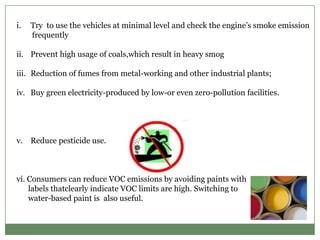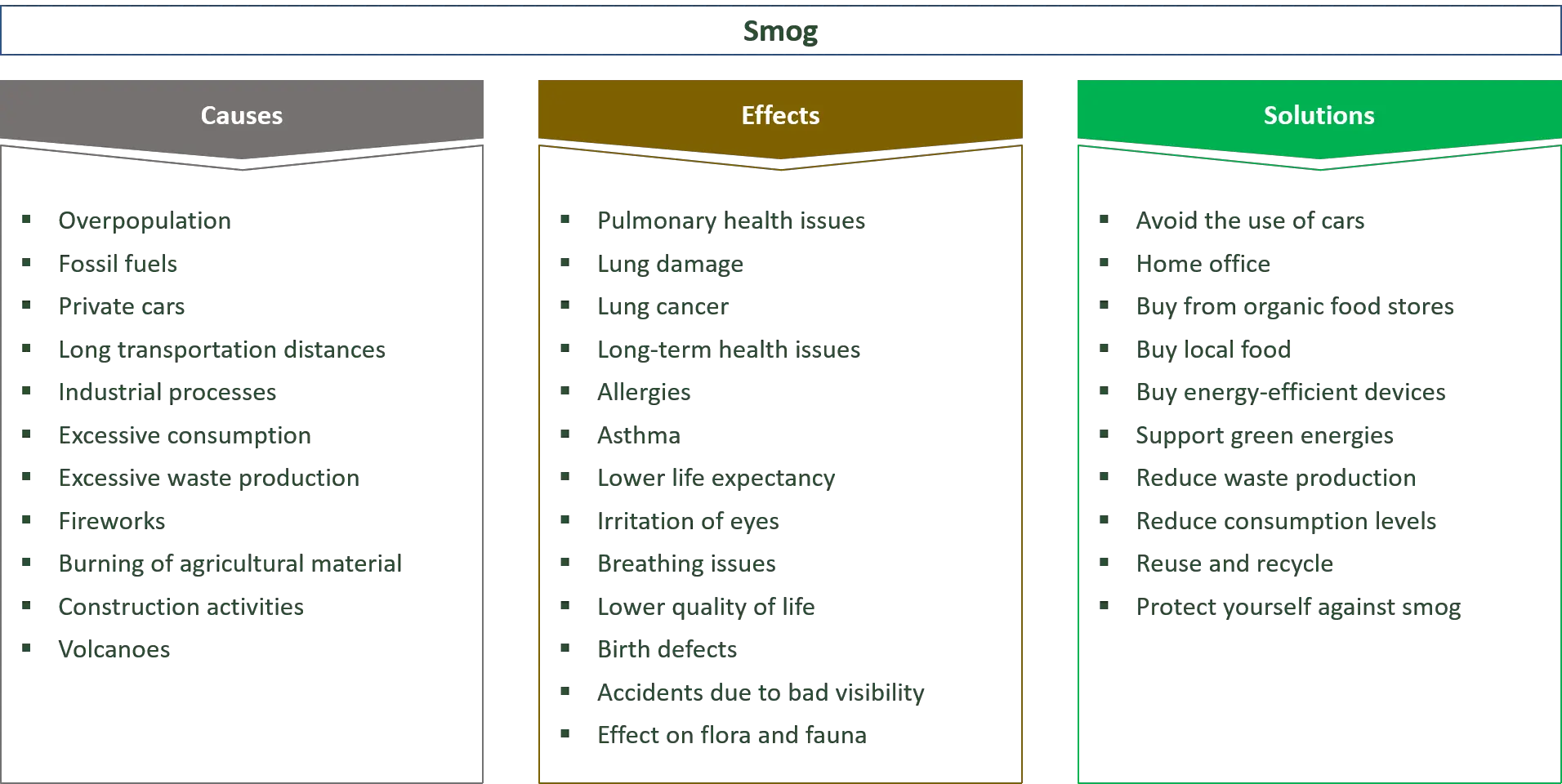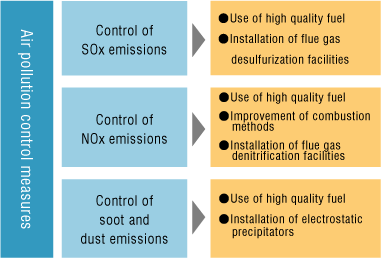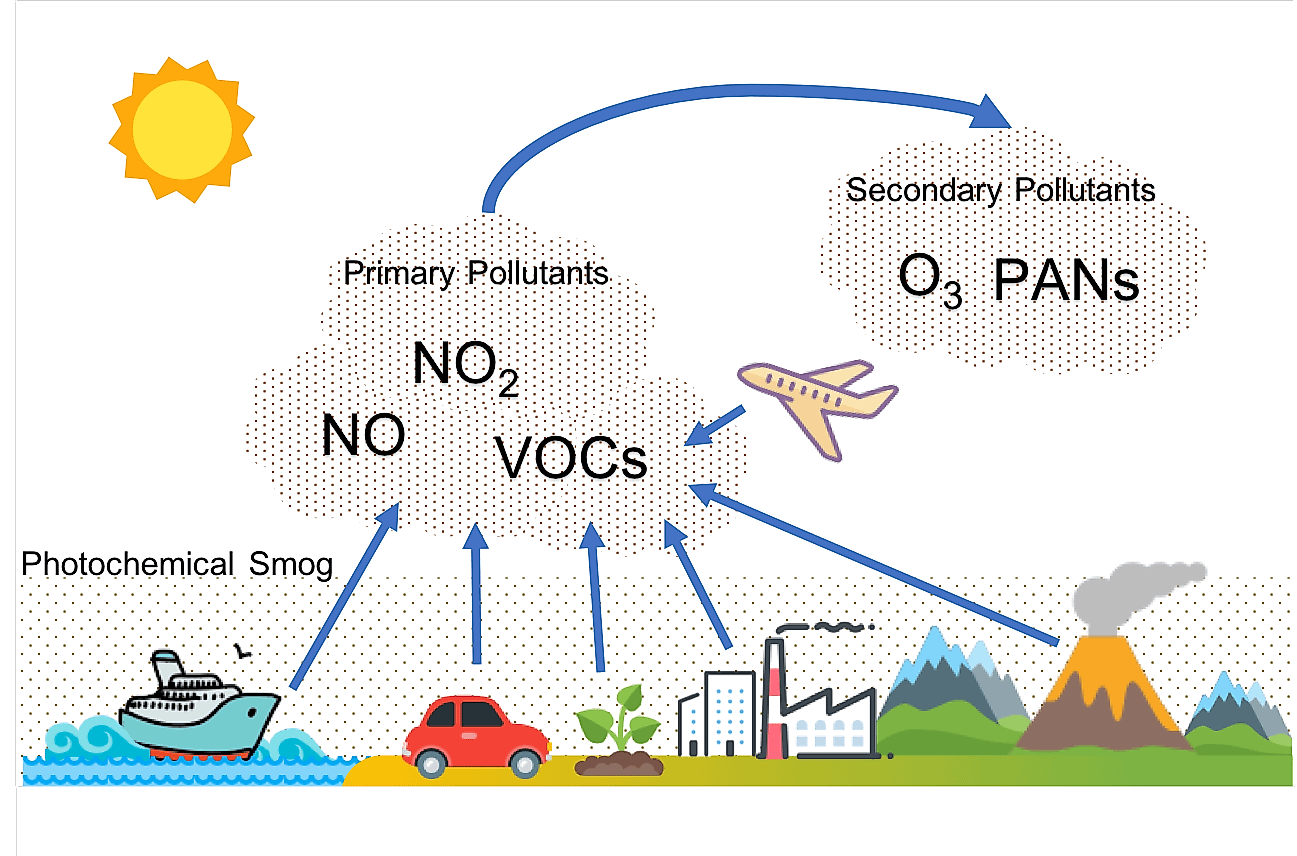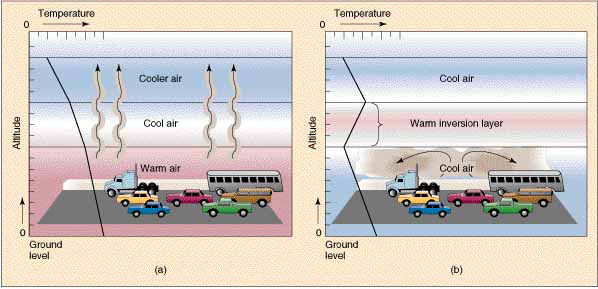Fun Info About How To Reduce Photochemical Smog
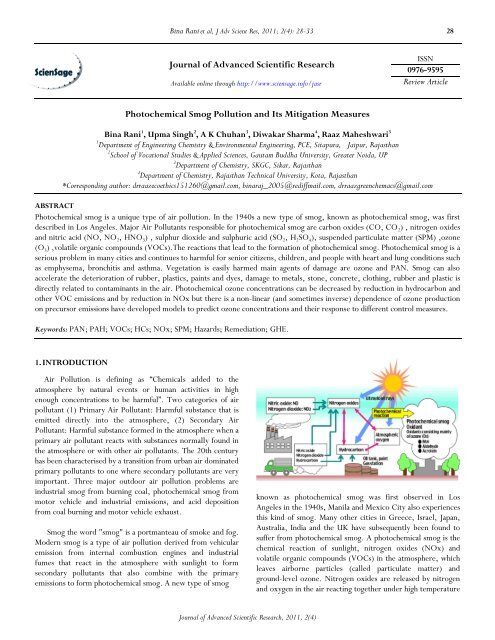
Ways to reduce photochemical smog.
How to reduce photochemical smog. Use low nitrogen fuels such as natural gas. Improve the green areas of cities and their surroundings, both in public areas and private gardens. Department of energy office of scientific and technical information.
How can we reduce the occurrence of photochemical smog? What steps need to be taken for reducing smog? Epa programs to reduce emissions from transportation sources have resulted in less smog and soot, significantly better air quality and better health for americans.
Switching over to other types of fuels, desulfurization of fuel gases from coal. Vehicles that run only on gasoline produce nitrogen dioxide as a byproduct of driving and idling, so one easy way to cut back on. First, we need to plant more trees as much as trees as possible.
So maybe improve public transportation. Well, it's usually worse when there's a lot of traffic. Usage of catalytic converters can reduce vehicle.
The most effective way of reducing the amount of secondary pollutants created in the air is to reduce. The alternatives methods listed below can help to reduce the production of air pollutants, and thus photochemical smog. One of the most predominating solutions for it is nanotechnology advanced photocatalytic nox removal.
If we have ah, best individual cars on the road and say more buses, maybe more trains or subways. Among the possible solutions of photochemical smog we find: Precipitation can reduce photochemical smog as the pollutants are washed out of the atmosphere with the rainfall.(b) winds can transfer photochemical smog away, replacing it.
The most effective way of reducing the amount of secondary pollutants created in the air is to reduce emissions of both primary. Photochemical smog can be controlled by decreasing the concentrations of hydrocarbons, nox other voc emissions. Those who live in areas where photochemical smog is present are typically advised to plan outdoor activities and exercise for early mornings or evenings, when the.
Plants and trees work as a natural purification system for air. Photochemical smog happens when nitrogen oxides and volatile organic compounds react together in the presence of sunlight as a catalyst and form ozone at lower. Some compounds which are capable of trapping free radicals in the photochemical smog are applied.
These added compounds generate free radicals which.
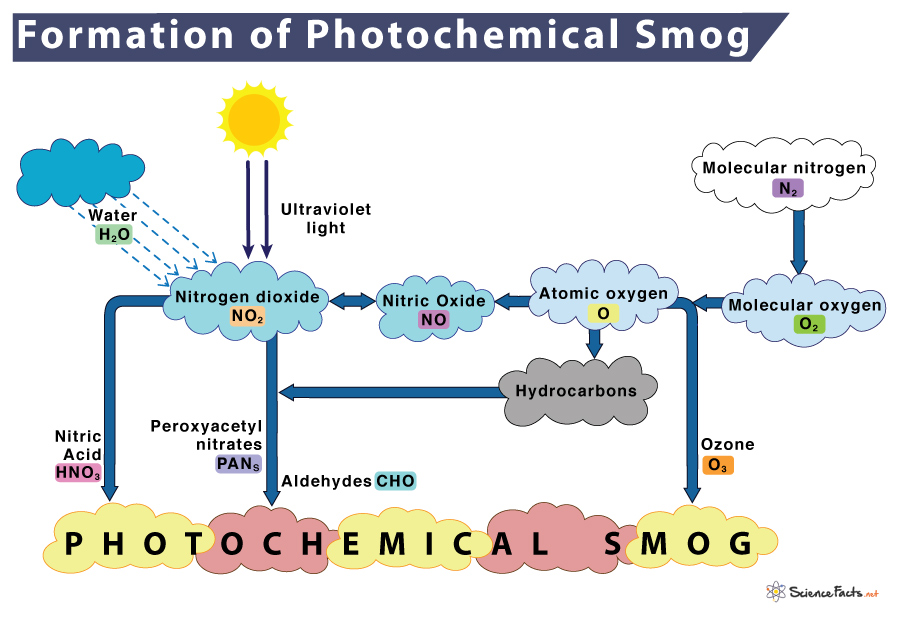
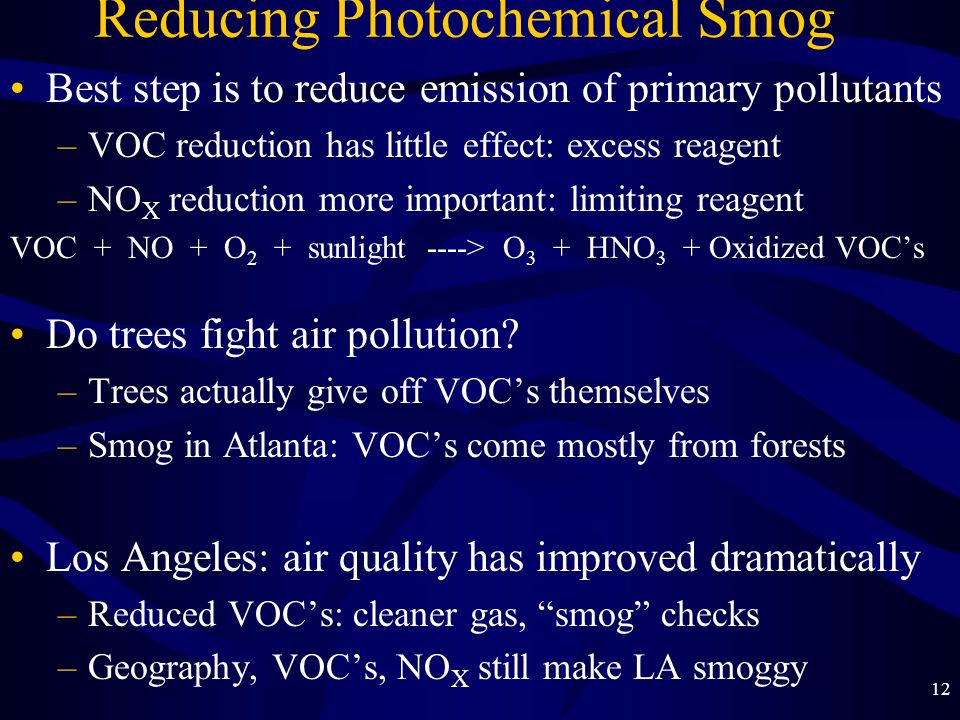
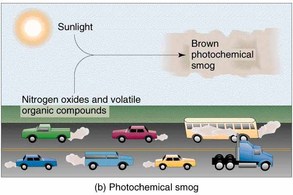
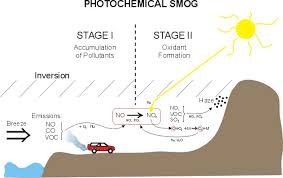



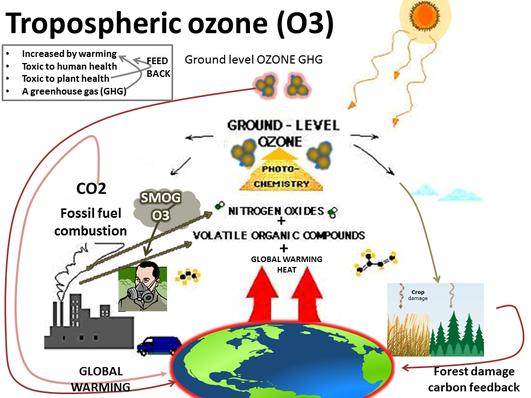
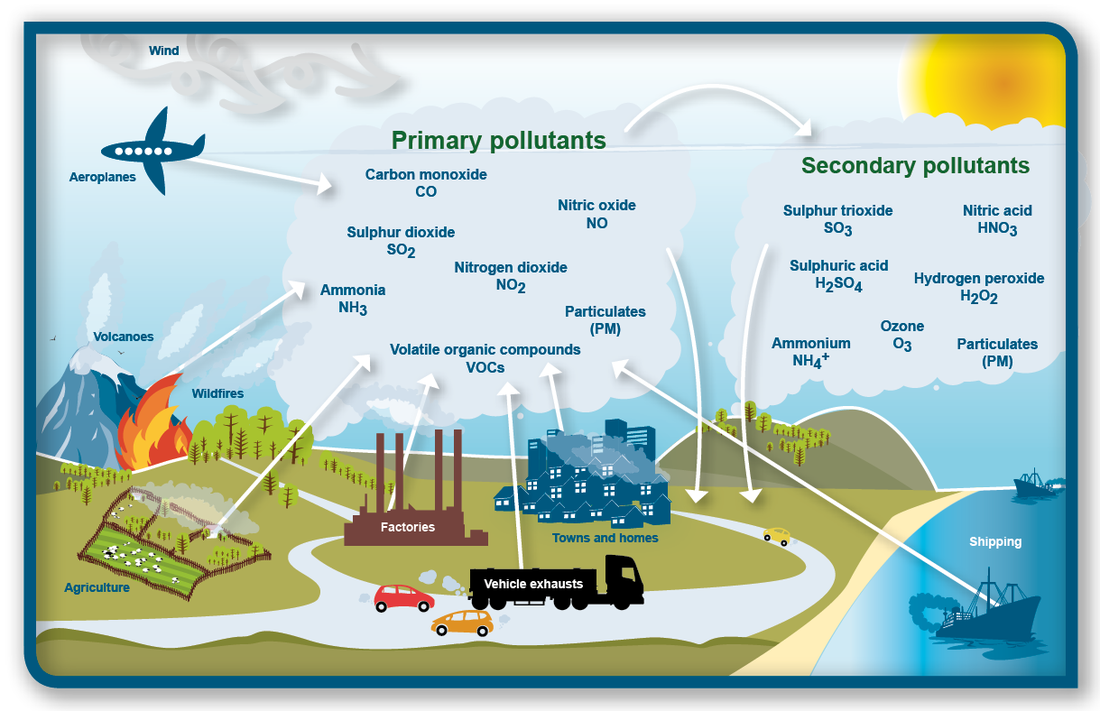


/481316471-56a9e21a3df78cf772ab3804.jpg)
